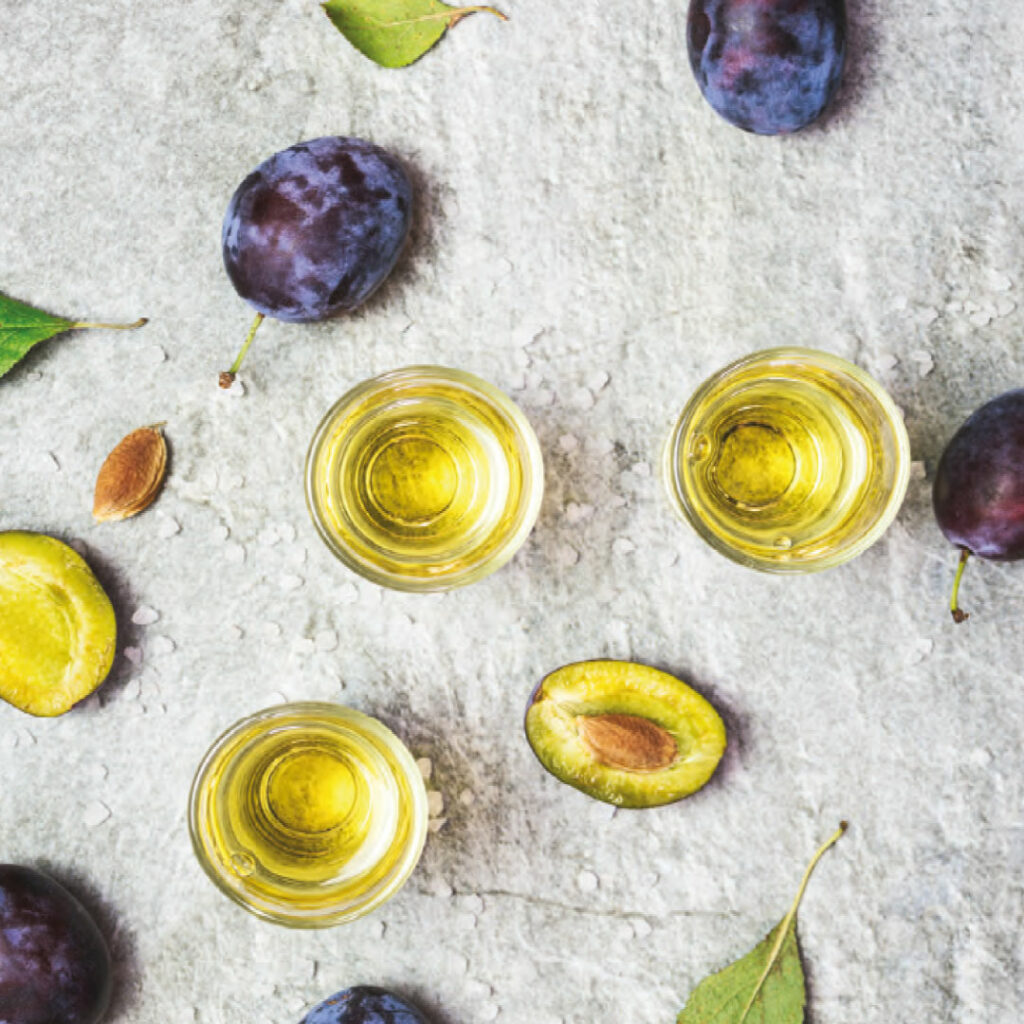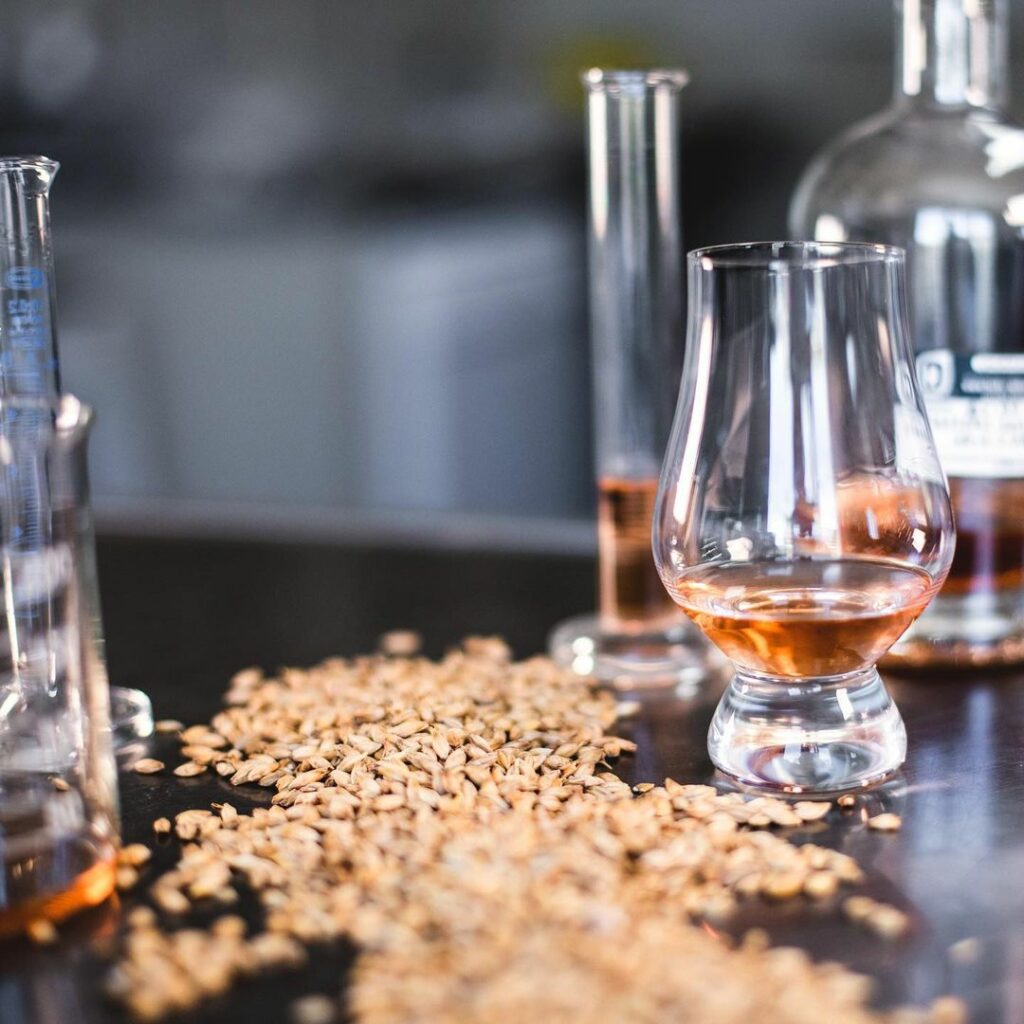Spirit production is an art that demands meticulous attention to detail and adherence to specific techniques.
Despite such care, spirits can encounter defects during their journey from raw materials to the final product. In this article, we will go through the world of spirit defects, classifying them based on their origins.
Understanding these defects not only sheds light on the complexities of spirit production but also provides invaluable insights into the final product’s quality.
This exploration is part of our Tips & Tricks Spirits, the latest comprehensive tool for spirits makers, featuring valuable content such as: spirit classification by raw material, our SafSpirit™ range, and other expert-written articles.
Classifying defects in spirits: origins
Spirit defects origins can be categorized into four primary groups: Raw Material and Must-Related, Microbiological Origin, Technical Faults, and Chemical Defects. Each group presents unique challenges that can impact the quality and flavor of the final product.
1. Raw material and must-related defects
The raw materials used in spirit production play a major role in defining its character and flavor. Defects related to these materials can be diverse and include the following:
- Lack of Maturity: Exhibiting a grassy taste and lacking fruity aromas.
- Overripeness, Rot, or Mold: Resulting in pasty, putrid, or oxidative flavors.
- Must Defects: Including acetic acid, moldy notes, or parasitic elements.
- Acrolein: A pungent gas formed during distillation, causing irritation due to the breakdown of glycerin by lactic acid bacteria.
- Methanol: Produced from pectin in fruits, especially grapes, and can be released during fermentation.
- Lack of Nitrogen Content: An essential nutrient that, when lacking, can impact fermentation and lead to defects.

2. Microbiological origin defects
During the fermentation process, microorganisms’ presence can lead to various defects in spirits. Some of the key microbiological origin defects include:
- Acetic Acid: Causing a sour, acetic sting, and the formation of acetic esters. Often a result of acetic bacteria, lactic acid bacteria, or indigenous yeasts.
- Ethyl Acetate: Formed during fermentation through esterification of fatty acids and alcohol, contributing to undesirable acrid or solvent-like notes.
- Acetaldehyde: Produced by yeast during fermentation and can present as green apple, spicy, or hay notes. Elevated levels indicate incomplete fermentation or uncontrolled bacterial contamination.
- Moldy, Damp Notes: Arising from mold growth in raw materials or contaminated process water.
- Sulfur Compounds: Formed through yeast metabolism and can be influenced by various fermentation conditions. Even small concentrations in the final product can result in flaws.


3. Technical faults
Technical faults often arise during the distillation process and can adversely affect the spirit’s quality. Notable technical faults include:
- Distillation Head: Resulting in acrid, solvent, or acetone-like characteristics.
- Distillation Tail: Exhibiting harsh, herbaceous, metallic, or bitter notes due to higher-valent alcohols, esters, and acids.
4. Chemical defects
Chemical defects can be caused by changes in the chemical state or external influences during production. Key chemical defects include:
- Turbidity: Resulting from various factors such as hardening agents, metallic breakage, volatile oils, terpenes (C10), and higher alcohols.
- Hydrocyanic Acid (HCN): Originating from pits and catalyzed by light, leading to the formation of ethyl carbamate, a potent carcinogen.
- Formation of Benzoic Acid: Occurring as a reaction intermediate from amygdalin in pits, leading to a pit taste and bitter almond aroma.
Understanding the origins of defects in spirits is vital for distillers to refine their craft and produce exceptional products. By categorizing these defects based on their origins, we gain valuable insights into the complex interplay of raw materials, microorganisms, distillation processes, and chemical reactions.
Don’t forget to download the digital version of our Tips & Tricks Spirits to learn more about spirit making and our experts insights!


